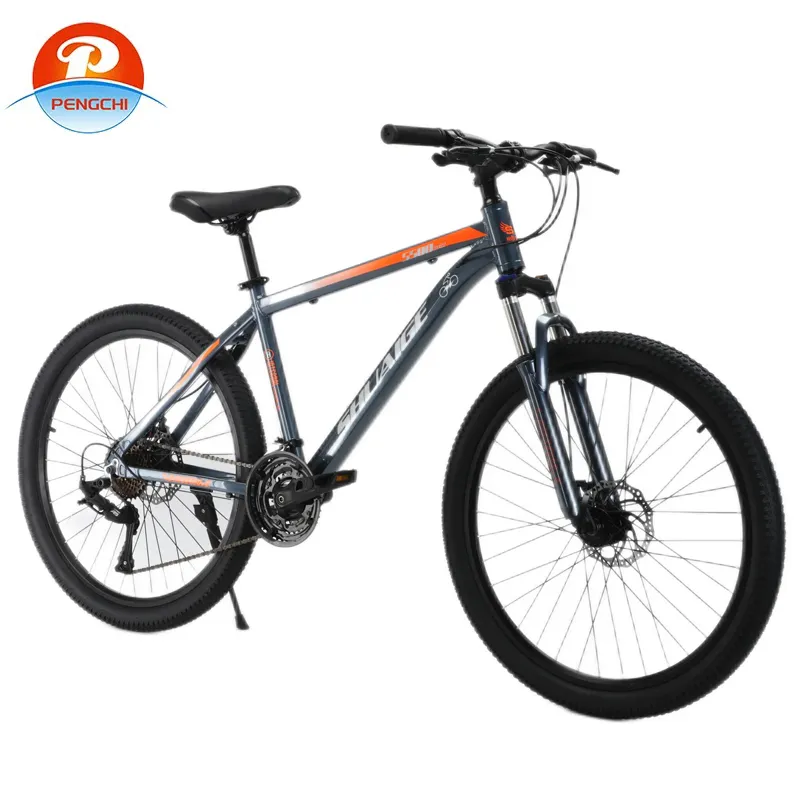
-
 Afrikaans
Afrikaans -
 Arabic
Arabic -
 Belarusian
Belarusian -
 Bengali
Bengali -
 Bulgarian
Bulgarian -
 Croatian
Croatian -
 Czech
Czech -
 Danish
Danish -
 Dutch
Dutch -
 English
English -
 Finnish
Finnish -
 French
French -
 German
German -
 Greek
Greek -
 hawaiian
hawaiian -
 Hebrew
Hebrew -
 Hindi
Hindi -
 Hungarian
Hungarian -
 Indonesian
Indonesian -
 irish
irish -
 Italian
Italian -
 Japanese
Japanese -
 Javanese
Javanese -
 kazakh
kazakh -
 Khmer
Khmer -
 Korean
Korean -
 Kyrgyz
Kyrgyz -
 Lao
Lao -
 Latin
Latin -
 Luxembourgish
Luxembourgish -
 Malay
Malay -
 Myanmar
Myanmar -
 Norwegian
Norwegian -
 Persian
Persian -
 Polish
Polish -
 Portuguese
Portuguese -
 Romanian
Romanian -
 Russian
Russian -
 Serbian
Serbian -
 Slovak
Slovak -
 Somali
Somali -
 Spanish
Spanish -
 Swedish
Swedish -
 Tagalog
Tagalog -
 Thai
Thai -
 Turkish
Turkish -
 Turkmen
Turkmen -
 Ukrainian
Ukrainian -
 Uighur
Uighur -
 Vietnamese
Vietnamese
Oct . 21, 2024 19:34 Back to list
Tips for Choosing the Perfect Bicycle for Your Riding Needs and Style
How to Pick the Right Bike A Comprehensive Guide
Choosing the right bike can be a daunting task, especially with the myriad of options available on the market today. Whether you are a seasoned cyclist or a beginner, understanding your needs and preferences is crucial to making the right decision. This guide will help you navigate the selection process and find a bike that perfectly suits your lifestyle and riding goals.
1. Identify Your Riding Style
The first step in selecting the right bike is to determine how you plan to use it. Bikes are typically categorized into several types, each designed for specific riding styles
- Road Bikes Lightweight and optimized for speed, road bikes are ideal for pavement and long-distance rides. If you enjoy fitness rides or racing, this is your go-to option. - Mountain Bikes Built for durability and traction, these bikes are perfect for off-road trails and rugged terrain. They often feature wider tires and suspension systems to handle bumps and obstacles. - Hybrid Bikes Combining features of road and mountain bikes, hybrids are versatile and great for commuting, casual riding, and light trail use. - Cruisers With a relaxed geometry and comfortable seating position, cruisers are perfect for leisurely rides along flat paths, making them popular for beach towns. - Electric Bikes (e-bikes) These bikes come with an electric motor to assist with pedaling, making them great for reducing fatigue on longer rides or when tackling steep hills.
2. Consider Your Budget
Bikes come in a wide range of prices, from a couple of hundred to several thousand dollars. It’s important to set a realistic budget that reflects both your needs and the quality you want. Lower-end bikes may be suitable for casual riders, while serious cyclists might want to invest in higher-end models that offer advanced features and durability.
3. Size Matters
Getting the right bike size is crucial for comfort and performance. A bike that is too small or too large can lead to discomfort and even injuries. Most manufacturers offer sizing charts based on your height and inseam, so refer to these measurements when selecting a bike. It is highly recommended to test ride various sizes to find the best fit for you.
how to pick the right bike

4. Test Ride
Once you have narrowed down your options, take the time to test ride a few bikes. This experience will help you assess how the bike feels, including its weight, handling, and comfort. Pay attention to how you feel during the ride; the right bike should feel natural and enjoyable to ride.
5. Think About Accessories
Consider what accessories you might need along with your bike. Essential items include a good helmet, lights for visibility, and a lock for security. Depending on your riding style, you might also want add-ons like racks, fenders, or specialized pedals. These can enhance your riding experience and personalize your bike’s utility.
6. Maintenance and Repair Considerations
Like any vehicle, bikes require regular maintenance. Think about your willingness to perform basic upkeep or pay for professional servicing. Some bikes may require more frequent adjustments or repairs than others, so factor this into your decision-making process.
Conclusion
Selecting the right bike is an investment in your health, fitness, and enjoyment of the great outdoors. By understanding your riding style, budget, size, and preferences, you can make an informed decision that will enhance your cycling experience. Take your time, do your research, and remember that the right bike is out there waiting for you. Happy cycling!
-
New Red Anti-theft E-Bike | Easy Ride City Commuter
NewsJul.31,2025
-
BMX 20 Inch Bikes for Freestyle & Street | Fat Tire Options Available
NewsJul.30,2025
-
322 High Quality 26 Inch 21 Speed Adult Mountain Bike OEM MTB
NewsJul.29,2025
-
Specialized Kids Mountain Bikes - Safe, Durable & Fun Riding Experience
NewsJul.29,2025
-
Little Kids Mountain Bike - Lightweight Bikes for Young Riders
NewsJul.29,2025
-
Kids Mountain Bike Trek – Full Suspension for 6 Year Old Riders
NewsJul.29,2025

